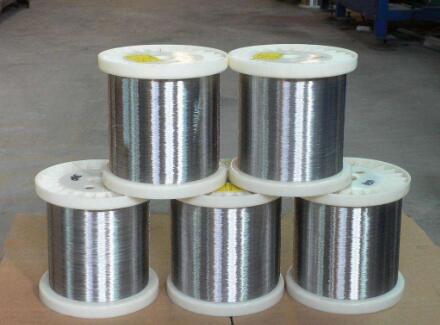The Significance of Large Aviary Netting in Bird Conservation and Aviculture
Large aviary netting plays a crucial role in the fields of bird conservation and aviculture. As more species face threats from habitat loss, climate change, and human activities, effectively managing their environments has become increasingly important. Large aviary netting offers a safe and controlled space for birds, allowing them to thrive while minimizing risks. In this article, we will explore the benefits, applications, and considerations surrounding large aviary netting.
What is Large Aviary Netting?
Aviary netting refers to a material used to enclose bird habitats, ensuring that birds can live, reproduce, and interact in a controlled manner, free from external threats. When we talk about large aviary netting, we typically refer to robust, expansive structures that can house a variety of bird species, from small finches to larger raptors. This type of netting comes in various strengths and mesh sizes, designed to accommodate the specific needs of different bird species, while also keeping out predatory animals.
Benefits of Large Aviary Netting
1. Protection from Predators One of the main advantages of using large aviary netting is the protection it offers birds from predators. Whether in a conservation setting or a private aviary, netting helps safeguard the inhabitants against threats from birds of prey, mammals, or even domestic pets.
2. Freedom to Fly Unlike traditional cages, large aviary netting allows birds to fly, exercise, and interact with their peers in a more natural environment. This enhances their mental and physical health, promoting well-being and reducing stress-related behaviors.
3. Breeding Opportunities For aviculturists and conservationists alike, providing a suitable environment for breeding is crucial. Large aviary netting creates a safe space for birds to nest and raise their young, increasing the likelihood of successful breeding programs aimed at endangered species.
4. Habitat Mimicry The ability to create an environment that mimics the birds’ natural habitat is significantly increased with large aviary netting. Plants, perches, and water features can be incorporated, providing a more enriching environment that supports various species' behaviors and needs.
Applications of Large Aviary Netting
large aviary netting

Large aviary netting is utilized in a variety of settings, including
- Wildlife Reserves and Sanctuaries Conservationists employ large netting to create protected spaces for rehabilitating birds before their release back into the wild. These areas provide the necessary refuge to evaluate their readiness for a return to their natural habitats.
- Commercial Aviculture Bird breeders use large aviary netting to house multiple species, allowing them to flourish and breed without the risks associated with typical aviary setups. This can lead to healthier stock for commercial sale while adhering to ethical practices.
- Public Zoos and Bird Exhibits Large aviaries in zoos give visitors the chance to observe birds in spacious, picturesque environments, enhancing the educational experience while prioritizing animal welfare.
Considerations in Implementing Large Aviary Netting
When constructing an aviary using large netting, several factors must be taken into account
- Material Quality Choosing durable and weather-resistant materials is essential for the longevity of the aviary. Netting must withstand wind, rain, and sun exposure without deteriorating.
- Mesh Size The size of the mesh is critical to ensuring that smaller species are kept safe from predators while allowing larger birds to fly freely. A proper balance must be struck based on the specific birds being housed.
- Maintenance Regular inspections should be conducted to ensure the integrity of the netting. Over time, wear and tear can occur, leading to potential breaches that may endanger the birds.
In conclusion, large aviary netting serves as a vital tool in the pursuit of bird conservation and aviculture. By offering protection, enhancing well-being, and facilitating breeding, these structures contribute significantly to the health of avian populations around the world. As we continue to confront the challenges facing wildlife, incorporating such innovative solutions will be essential in promoting sustainable practices that prioritize the welfare of birds and their habitats.

















